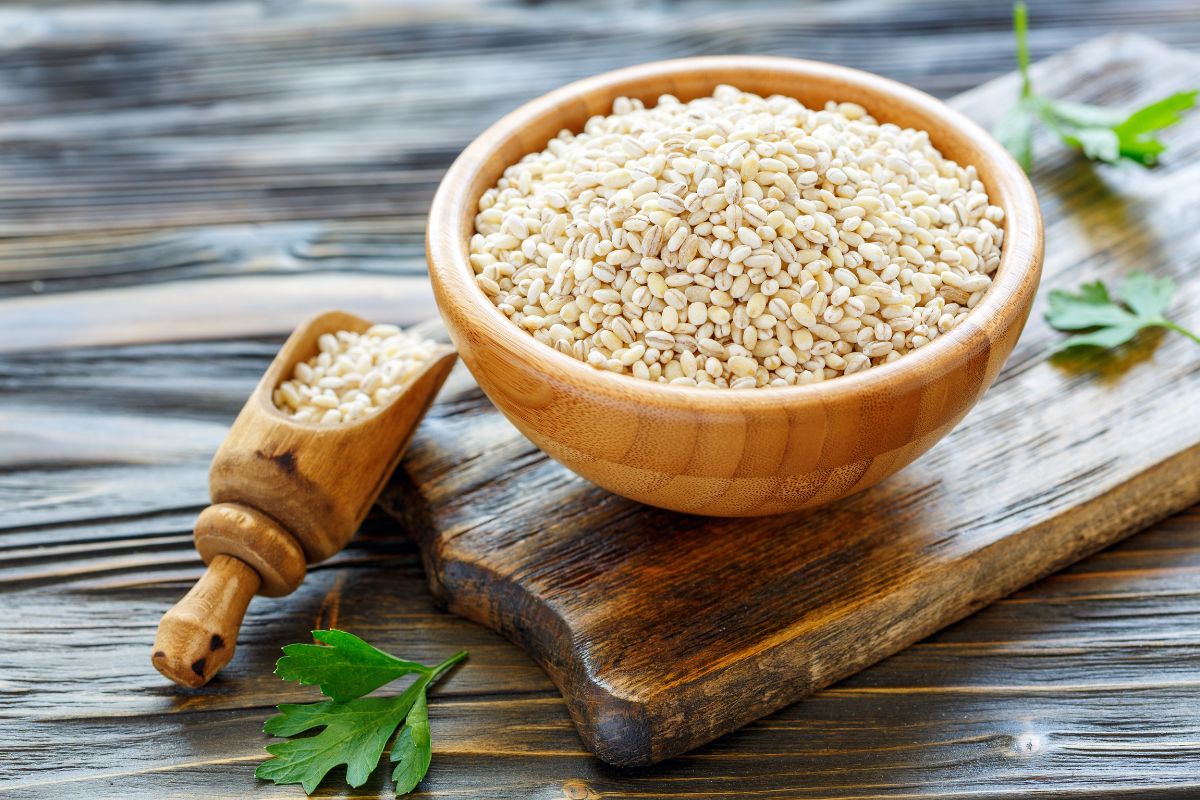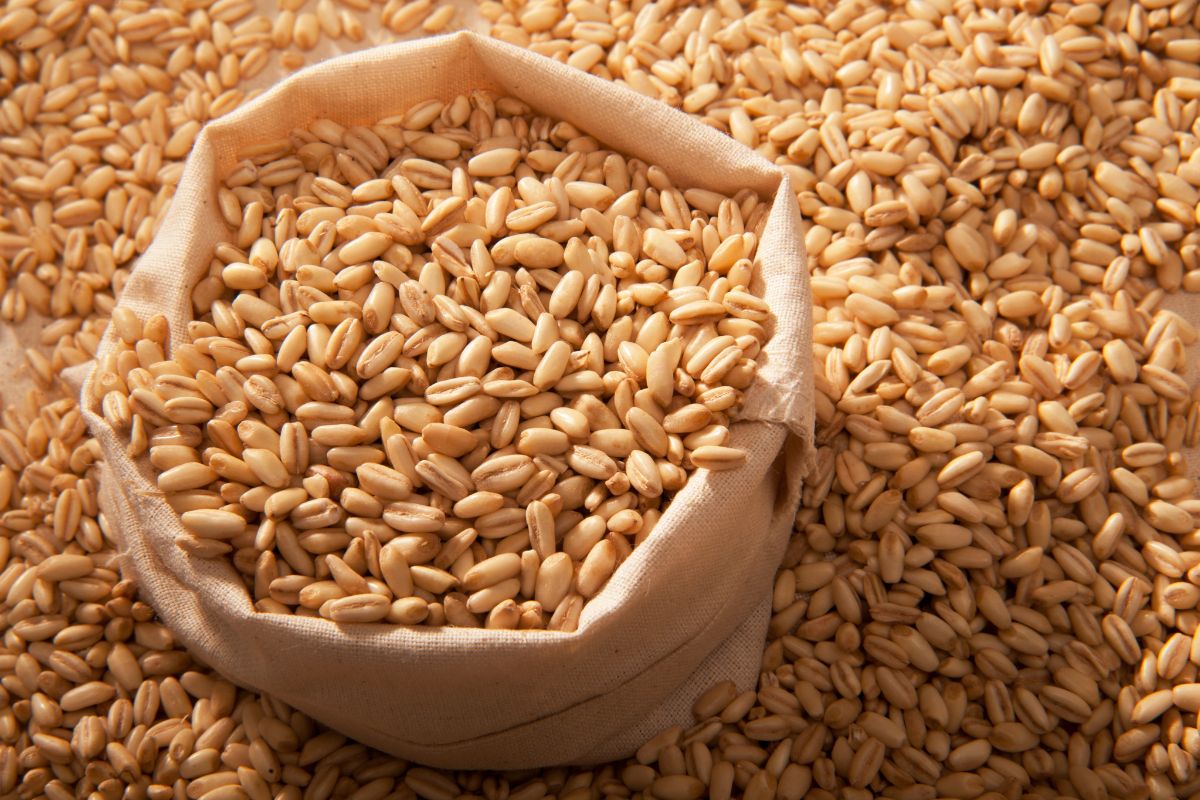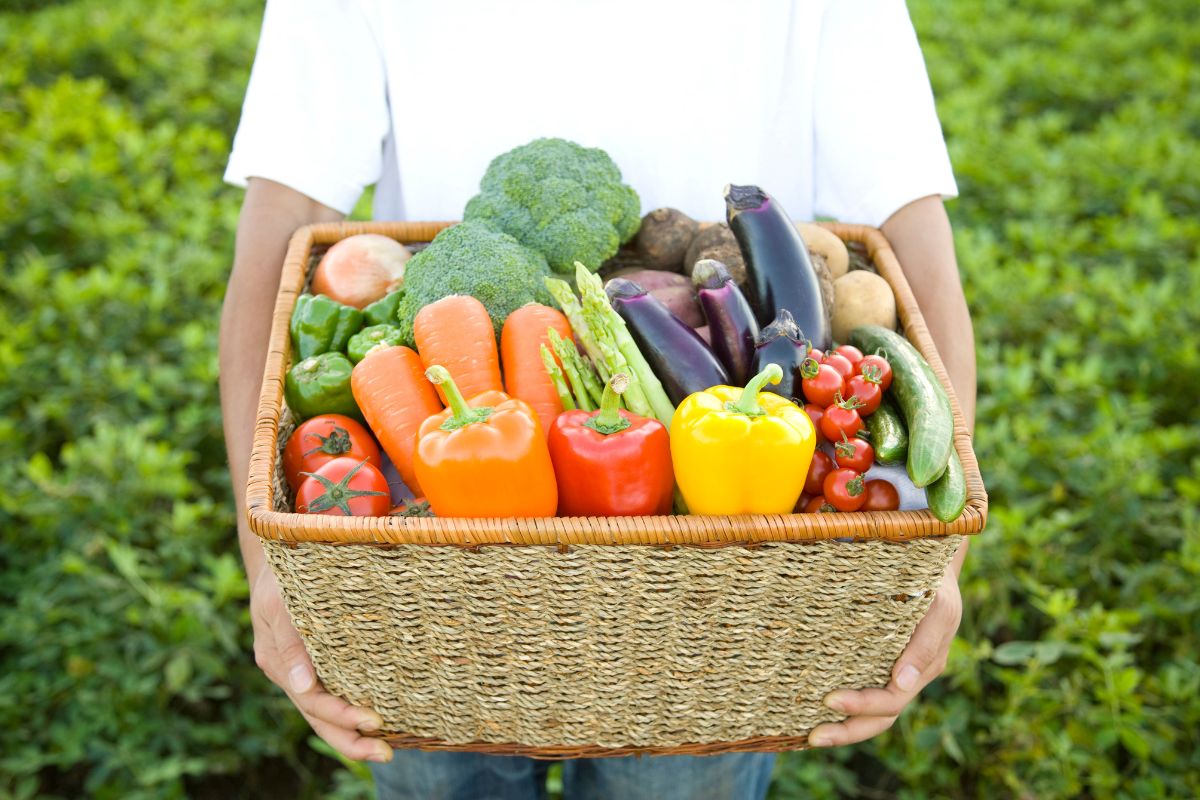
If you have some spare barley, there are few better uses than giving it to your chickens to eat. Barley is packed with good nutrition, gives hens something to scratch and forage for, and compliments their diet when given in moderation.
Jump to:
Is Barley Healthy for Chickens?
Most grains are great for chickens, and this includes barley. In fact, grains are a staple in most commercially produced chicken feeds due to the wide range of vitamins, minerals, and other good nutrition they possess.
Barley is readily available in many forms. Almost all forms, such as hulled, grit, flour, and flakes utilize the whole grain. It’s only pearl barley that has been processed to remove the hull and some of the outer layer.
I used to brew my own beer and would give the leftover barley to my chickens. They loved it, and it gave them something to forage around for which always makes chickens happy.
So, yes, barley is healthy and perfectly fine for chicken. If you have a huge batch of barley or other grains for any reason, you should still feed it to your flock in moderation.
It’s not recommended that a hen’s diet consists of more than 50% whole grains. Taking into account the grains they get from their feed, I’d only give them a handful a day as a treat.
Related - Can chickens eat corn? Yep, and this even includes the corn husks we throw away!
Can Chickens Eat Uncooked Barley?

It’s fine to feed chickens uncooked or raw barley. They don’t need it soaked or processed in any way to make it easier to eat.
In case you’re not familiar with a chicken’s digestive system, they have an organ called a gizzard. This organ’s role is to “chew” up food - even hard foods like grains - and break them down to be digested.
This is why chickens also eat grit and small stones. The gizzard uses these stones when it’s contracting to break up food.
The more hard foods like grains chickens eat as they’re developing, the more their gizzard increases in muscle mass too.
Just take a handful of barley and throw it where your chickens will find it. You’ll soon see how quickly it disappears.
Is Wheat or Barley Better for Chickens?
If wheat is more easily available for you, as it is across most of the U.S. then I also recommend picking some up to supplement your chicken’s diet.
It’s hard to say which is better per se, as they are both a good food source. Both wheat and barley oats provide a similar range of vitamins and minerals. Although wheat is slightly higher in protein - which is good for laying hens - and lower fiber (source).
Again, as long as you’re only giving grains to your chickens in moderation, either make a great addition to their diet.
What Other Foods Can You Feed Chickens? (+ Some You Can't)
As I’ve explained, grains are fine for chickens. If you’re looking for other foods that are safe for chickens, here are some of the most common foods backyard chicken owners give their flock:
Vegetables

Almost all vegetables are fine, and they provide a decent range of good nutrition. The best part about feeding veggies to chickens is that they’ll eat the parts and leftovers we don’t.
There are a few that are potentially toxic and harmful though, so it’s always a good idea to double-check before giving your chicks a new veggie.
A few of the common vegetables that can pose health issues are;
Raw or uncooked beans - Beans contain a compound called lectin. Lectins are present in a wide range of foods. They’re not always toxic, but in raw beans, they pose a serious health threat to chickens.
Be careful with nightshades - Vegetables that belong to the nightshade family pose a risk. A lot of nightshades possess a toxin called solanine, which is toxic to chickens, us, and most small animals.
Some of the most commonly consumed vegetables in the nightshade family include:
- Potatoes
- Eggplants
- Peppers
- Tomatoes
- Tomatillos
Obviously, we eat most of these foods on a regular basis without any problems - you may have even already been feeding them to your chickens.
The toxin isn’t always present and is only found in parts of the plants. For example, potatoes only contain solanine when they have turned green due to prolonged exposure to the sun.
In the case of tomatoes, solanine is only present when they’re green, and in the green partial like the stalk and leaves.
Fruits
Just like vegetables, most fruits are fine for chickens and also provide some great nutrition.
A few of the favorites around here are strawberries, melons, apples, bananas, figs, and even some more exotic ones like dragon fruit and okra when I’m feeling generous!
The only real concerns when feeding chickens fruits are:
Avocados - Avocados are the main concern. The skin and pits contain a fungicidal toxin called persin. This toxin can cause breathing difficulties, fluid on the lungs, and some other serious health issues.
Seeds/Pits - Some fruit seeds contain amygdalin, an organic cyanide compound that degrades into cyanide when ingested.
I will say, it would take a lot of seeds to actually cause a health risk. Sometimes a big deal is made over a few seeds here and there, but it’s going to take more than that to poison a chicken.
However, as a general rule, it’s good practice not to give chickens seeds from fruits that are known to contain this compound. These are cherries, apricots, apples, and peaches for the most part.
In Summary
Grains are fine for chickens. This means if you have any barley, wheat, corn, or even cornbread, and quinoa, go ahead and see how quickly they gobble it up.
Feeding chickens different foods is fun. As long as you check they’re safe, and you treat them in moderation, it’s a great way to make use of scraps and bond with your flock.





